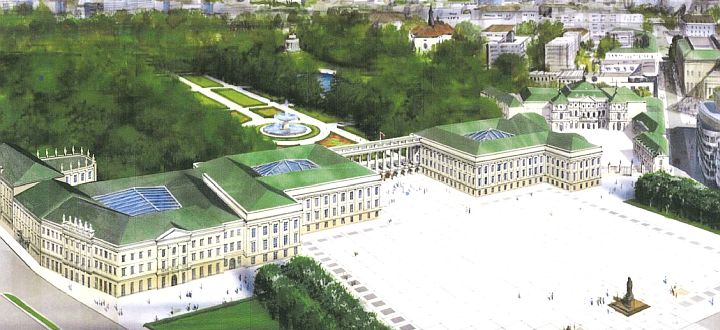The Saxon Palace with the Tomb of the Unknown Soldier is one of the most impressive buildings in the center of Warsaw, which was not rebuilt after World War II. Its reconstruction would not only recreate the monument but also close the urban framework in the most important place for the national and cultural identity of Poles in the capital city. Unfortunately, so far the only remains of the residence are the Tomb of the Unknown Soldier (a fragment of the surviving colonnade of the palace) and a shapeless space that does not resemble the former great urban layout of the Saxon Axis.
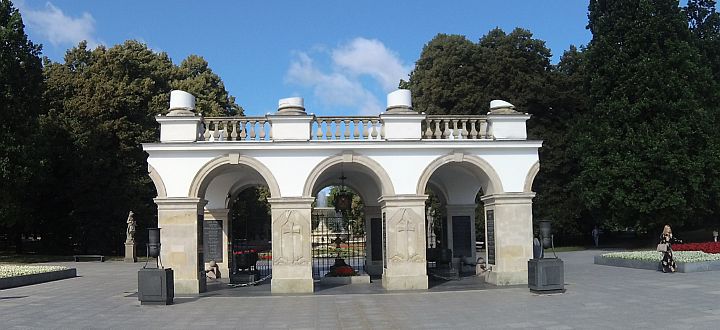
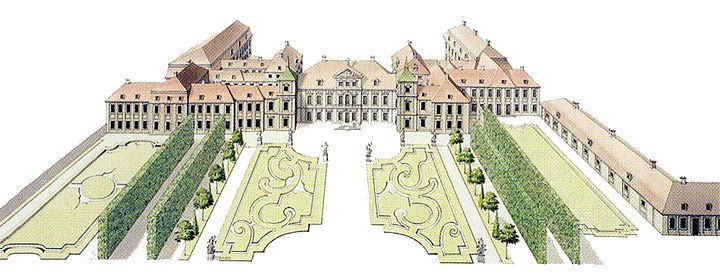
The history of the Saski Palace dates back to the second half of the 17th century. It was then that a beautiful baroque building was built, which was designed by the Italian architect Giovanni Battista Gisleni. The new building very quickly became one of the showpieces of Warsaw. The palace was especially liked by August II the Strong, who moved here a royal residence. In the following years, the building changed owners many times. Nevertheless, important institutions have always been located within the walls of the palace. In 1810 even the Chopin family moved here, with the young Fryderyk. In the years 1838-1842 a thorough reconstruction of the palace was carried out in the classicist style according to the design of Adam Idźkowski.
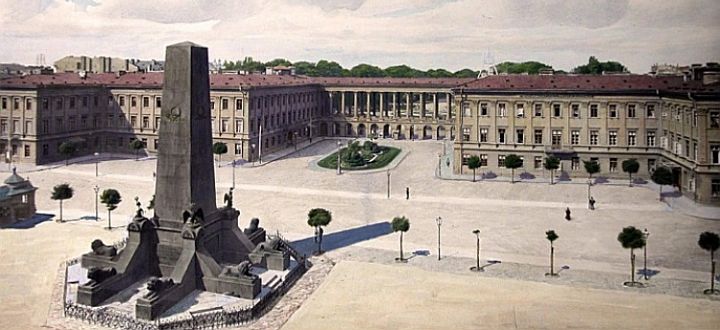
After Poland regained independence in 1918, the palace became a symbol of the reborn homeland. It was here that Marshal Piłsudski located the seat of the General Staff of the Polish Army, which was renamed the General Staff in 1928. Here tęż was located, among others Cipher Bureau. Cryptologists worked in it who broke the code of the famous German Enigma. In 1923, a monument to Prince Józef Poniatowski was erected in front of the palace, and on November 2, 1925, the Tomb of the Unknown Soldier was placed under the palace colonnade.
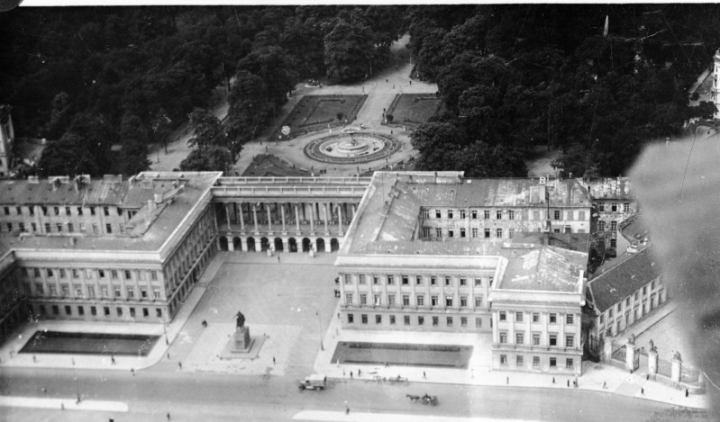
After the outbreak of World War II in 1939 and the occupation of Warsaw by the German army, the Saxon Palace was occupied by the Wehrmacht. Less than a year later, the square in front of the building was renamed into Adolf Hitler Platz. At the end of the war, after the fall of the Warsaw Uprising, the palace and the Józef Poniatowski monument were blown up by the retreating Germans - only a fragment of the colonnade with the Tomb of the Unknown Soldier survived.
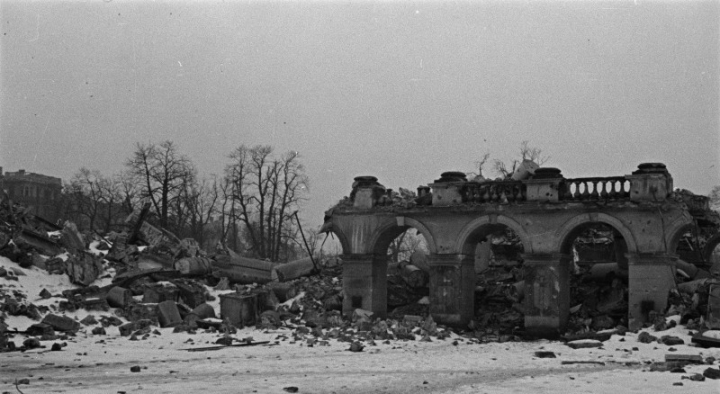
After the war, historians, activists, and ordinary residents of Warsaw sought to rebuild the palace. After the fall of communism, reconstruction became more real. Preparatory work began in 2008, but it was suddenly interrupted by the crisis and by the discovered historic underground. In addition to the reconstruction of the Saxon Palace, the neighboring Brühl Palace and the tenement houses on the side of Królewska Street are also to be reconstructed. President Andrzej Duda returned to the project of rebuilding the residence on the hundredth anniversary of Poland regaining its independence. Preparatory works have started again and the planned date of opening the old-new Saski Palace is set for 2030.
